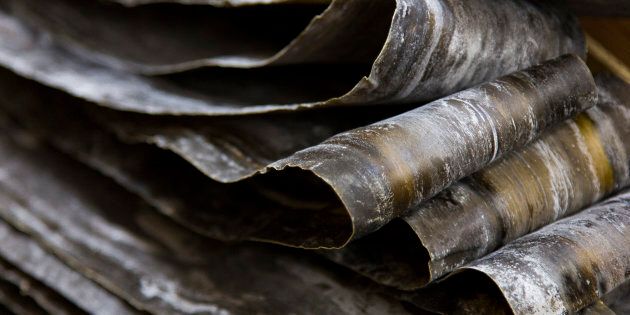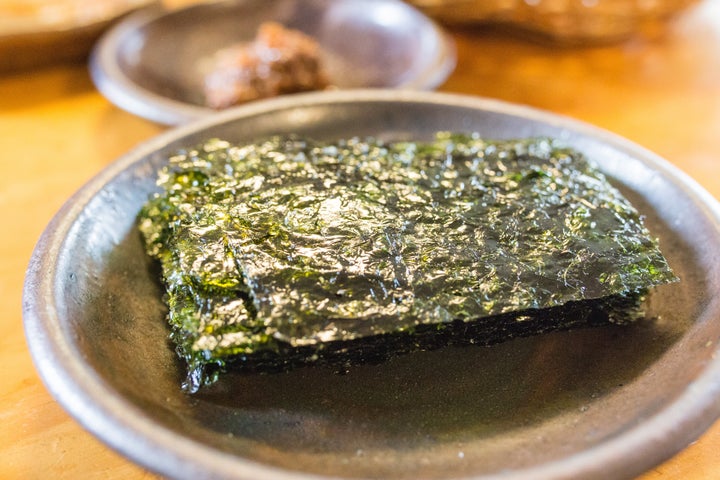

If you’ve had your fill of kale, and you couldn’t possibly imagine eating another spinach salad, consider trying the leafy green of the sea. Yes, we’re talking about seaweed. There’s a whole world of greens that comes from the ocean and they are nutritional powerhouses.
Seaweed is high in nutrients ― such as calcium, iodine, folate and magnesium ― and it is low in calories. Research also suggests that it can help regulate estrogen and estradiol levels, plus it contributes to your weekly vegetable intake.
So now that you’ve made the decision to take a bite from under the sea, how do you do it?
Seaweed has long been used in Asian cuisine. In China, Korea and Japan, it has been a part of the daily diet for centuries, found in dishes from soup to eggs.
There are three main types of seaweed that we eat ― most of them are bought dried, and either eaten that way or rehydrated. The three major types are nori, kombu and wakame.
Nori is a red seaweed that can be bought in dried sheets. If you like sushi, you know that nori is often used to make the rolls. If you frequent health food stores, chances are you’ve also seen the now popular nori snacks. They’re basically dried sheets of seaweed (and you can also make them yourself). But the world of nori goes beyond that. You can also add it to salad dressings. Or crumble it onto rice. It’s even nice topped on popcorn. A sprinkle of it on top of dishes adds a nice umami punch.
Now that you’ve got that covered, let’s move on to kombu. Kombu, a member of the kelp family, is a brown seaweed. It is most popularly used to make dashi, a flavorful Japanese broth that’s integral to the country’s cuisine, and is crucial in the making of miso soup, too.
Wakame, another brown seaweed, is also used to make miso soup, but it is kept in the soup as an ingredient to be eaten and not just part of flavoring the broth, like kombu. Wakame is a slightly sweet seaweed, and that’s why it is also used to make seaweed salads.
You can find all of these seaweeds online, and most likely also at your nearest Asian market. Some international sections of local grocery stores will carry dried seaweed, but not all. Once you locate the ingredients, try them in the recipes below.
